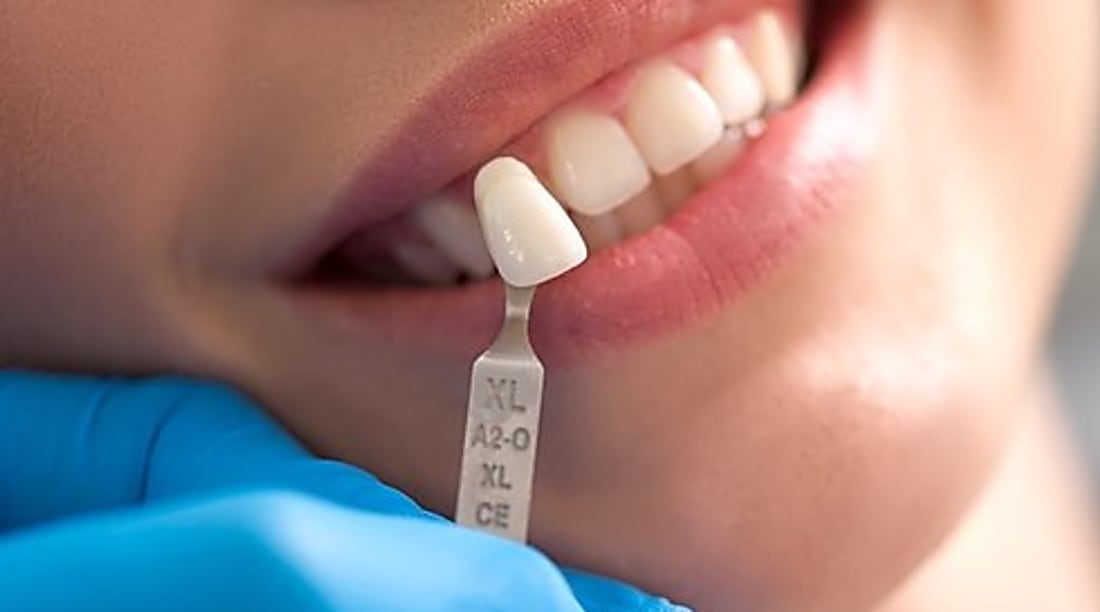Comprehensive Guide to Dental Braces: Choosing the Best Treatment for Your Smile
Discover the ultimate guide to dental braces for all age groups! From traditional metal braces to clear aligners, find the perfect treatment to enhance your smile. Explore the options, benefits, and considerations to make an informed decision about your orthodontic journey.

What are dental braces and how do they work?
Dental braces are orthodontic devices designed to correct misaligned teeth and jaws. They work by applying continuous pressure to gradually move teeth into their desired positions. The basic components of traditional braces include brackets, which are attached to each tooth, and archwires that connect the brackets. As the wire is tightened during regular adjustments, it exerts force on the teeth, slowly shifting them into alignment. This process not only improves the appearance of your smile but also contributes to better oral health by making it easier to clean your teeth and reducing the risk of dental issues related to misalignment.
What are the different types of braces available?
The field of orthodontics has evolved significantly, offering patients a variety of options beyond traditional metal braces. Here are the main types of braces available:
-
Metal braces: The most common and cost-effective option, made of high-grade stainless steel.
-
Ceramic braces: Similar to metal braces but with tooth-colored or clear brackets for a more discreet appearance.
-
Lingual braces: Placed on the inside of teeth, making them virtually invisible from the outside.
-
Clear aligners: Removable, transparent trays that gradually shift teeth into position.
-
Self-ligating braces: Use a specialized clip instead of elastics to hold the wire, potentially reducing adjustment appointments.
Each type has its own set of advantages and considerations, which your orthodontist can discuss with you based on your specific needs.
How long does orthodontic treatment typically last?
The duration of orthodontic treatment varies depending on the complexity of the case and the type of braces used. On average, treatment with traditional braces lasts about 18 to 24 months. However, some patients may see results in as little as 6 months, while others might require up to 3 years of treatment. Clear aligners often have shorter treatment times for mild to moderate cases, typically ranging from 6 to 18 months. It’s important to note that adherence to your orthodontist’s instructions, including wearing elastics or aligners as directed, can significantly impact the duration and success of your treatment.
What factors should you consider when choosing braces?
Selecting the right type of braces involves several considerations:
-
Severity of misalignment: More complex cases may require traditional braces for optimal results.
-
Visibility: If aesthetics are a concern, ceramic braces or clear aligners might be preferred.
-
Lifestyle: Consider how different types of braces might impact your daily activities and oral hygiene routine.
-
Cost: Traditional metal braces are often the most affordable option, while lingual braces tend to be the most expensive.
-
Maintenance: Some types require more frequent adjustments or special care.
-
Age: While braces can be effective at any age, certain options may be more suitable for children versus adults.
Consulting with an orthodontist will help you weigh these factors and choose the best option for your individual case.
What are the benefits and challenges of different orthodontic treatments?
Each type of orthodontic treatment comes with its own set of advantages and potential challenges:
Metal braces:
-
Benefits: Effective for complex cases, durable, and cost-effective.
-
Challenges: Visible appearance, potential for discomfort, dietary restrictions.
Ceramic braces:
-
Benefits: Less noticeable than metal braces, equally effective for many cases.
-
Challenges: More expensive than metal, can stain if not properly cared for.
Clear aligners:
-
Benefits: Nearly invisible, removable for eating and cleaning, comfortable.
-
Challenges: Require strict compliance, may not be suitable for complex cases.
Lingual braces:
-
Benefits: Completely hidden from view, effective for many cases.
-
Challenges: Can be more expensive, may affect speech initially, harder to clean.
Understanding these pros and cons can help you make an informed decision about which treatment aligns best with your goals and lifestyle.
How much do different types of braces cost?
The cost of braces varies widely depending on the type of treatment, complexity of the case, and geographical location. Here’s a general overview of average costs in the United States:
| Type of Braces | Average Cost Range |
|---|---|
| Traditional Metal Braces | $3,000 - $7,000 |
| Ceramic Braces | $4,000 - $8,000 |
| Lingual Braces | $8,000 - $10,000 |
| Clear Aligners | $4,000 - $7,400 |
| Self-Ligating Braces | $3,500 - $8,000 |
Prices, rates, or cost estimates mentioned in this article are based on the latest available information but may change over time. Independent research is advised before making financial decisions.
It’s important to note that many orthodontists offer payment plans, and some dental insurance plans may cover a portion of orthodontic treatment. Always check with your insurance provider and discuss financial options with your orthodontist before beginning treatment.
In conclusion, choosing the right orthodontic treatment is a personal decision that depends on various factors including your specific dental needs, lifestyle, and budget. By understanding the different types of braces available, their benefits, and potential challenges, you can work with your orthodontist to select the best option for achieving your perfect smile. Remember that the journey to straighter teeth is an investment in both your oral health and self-confidence.
This article is for informational purposes only and should not be considered medical advice. Please consult a qualified healthcare professional for personalized guidance and treatment.




